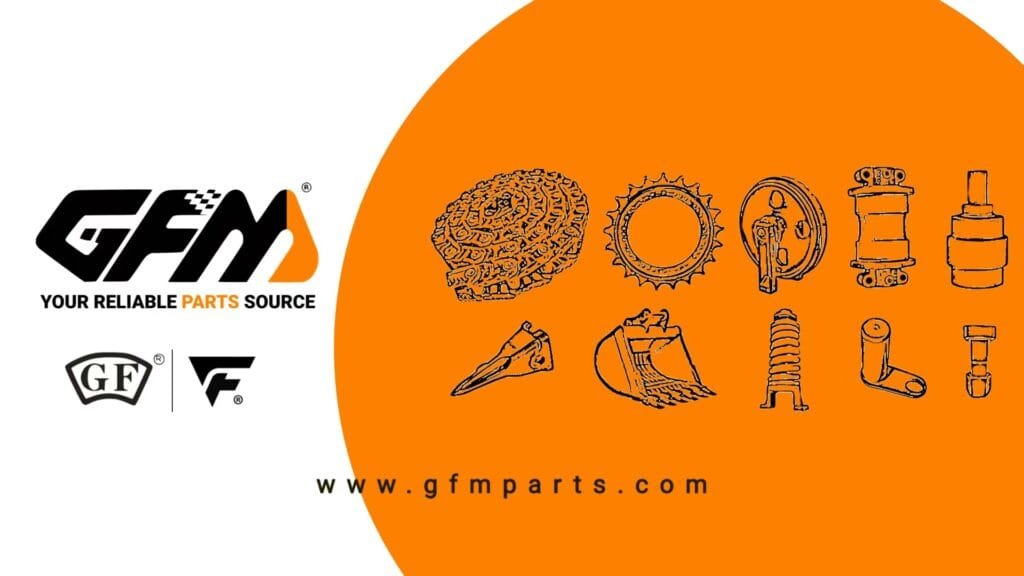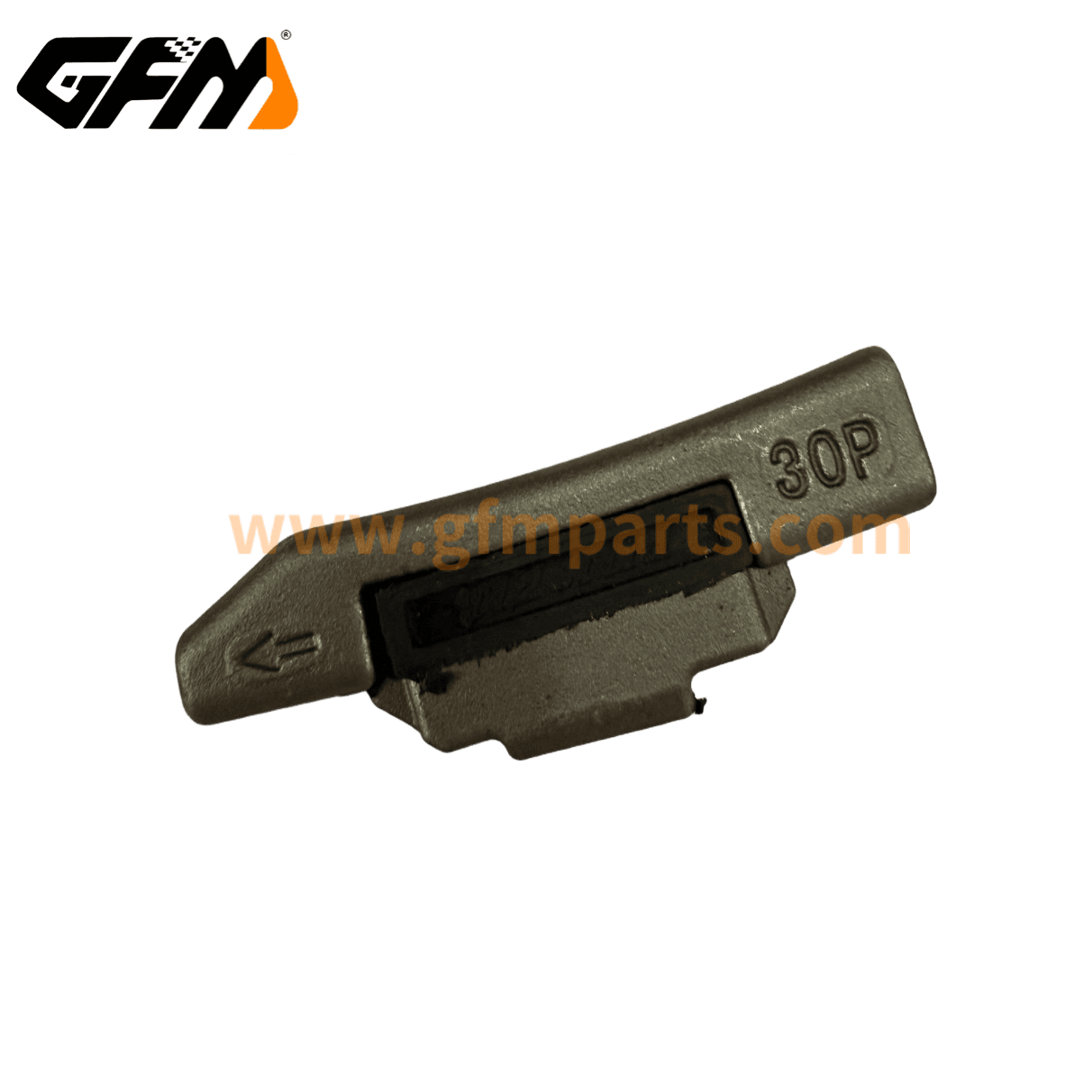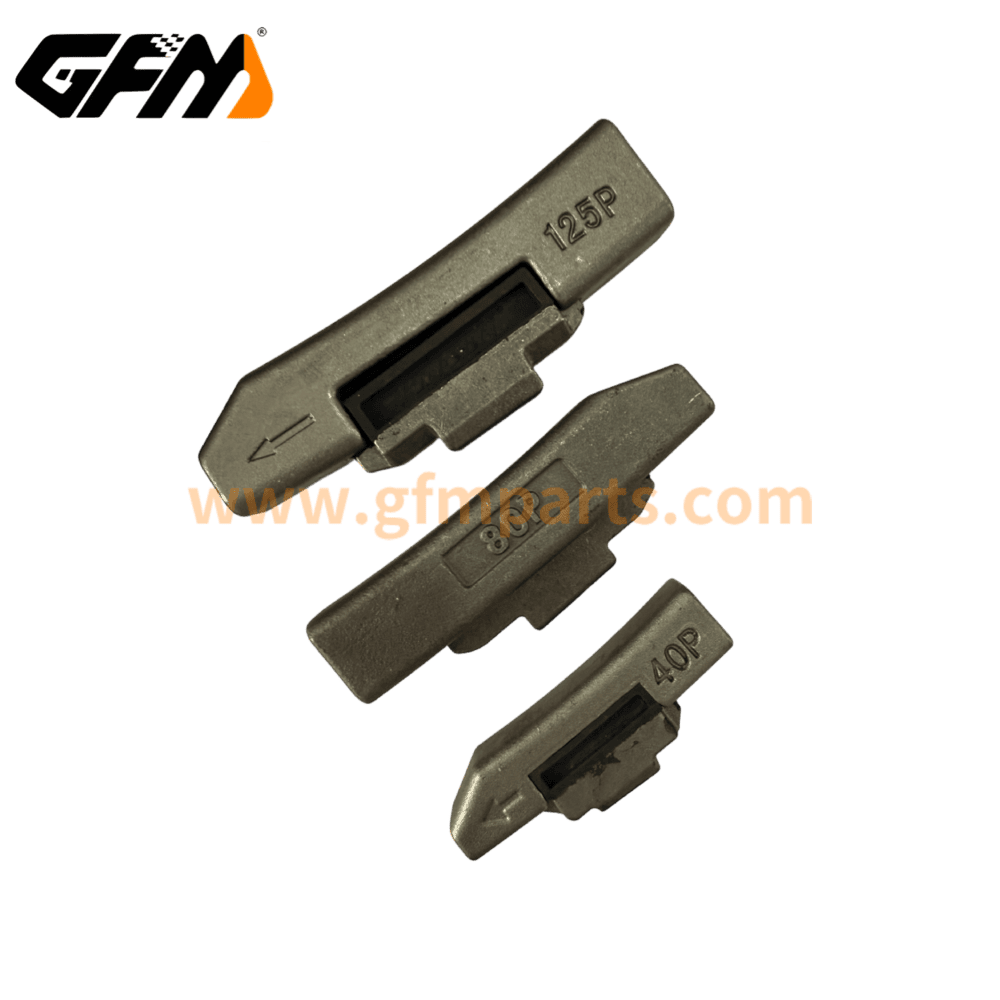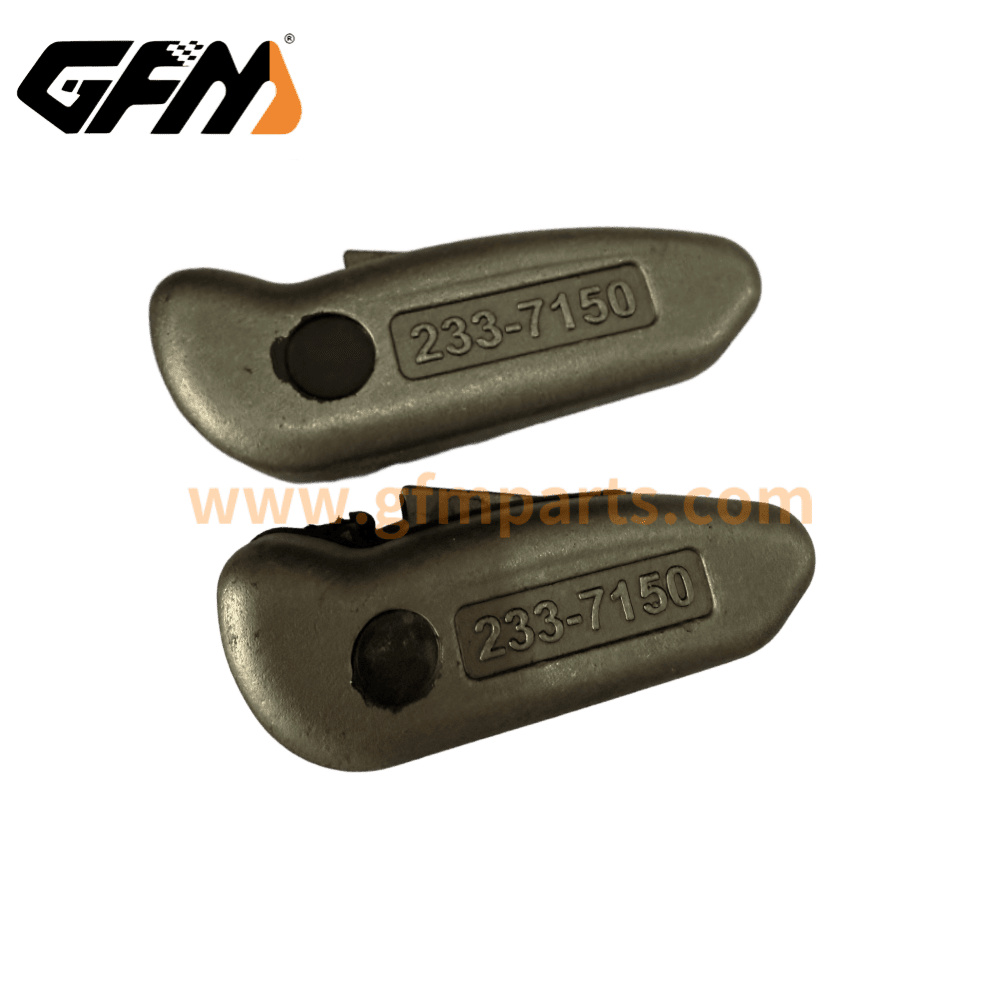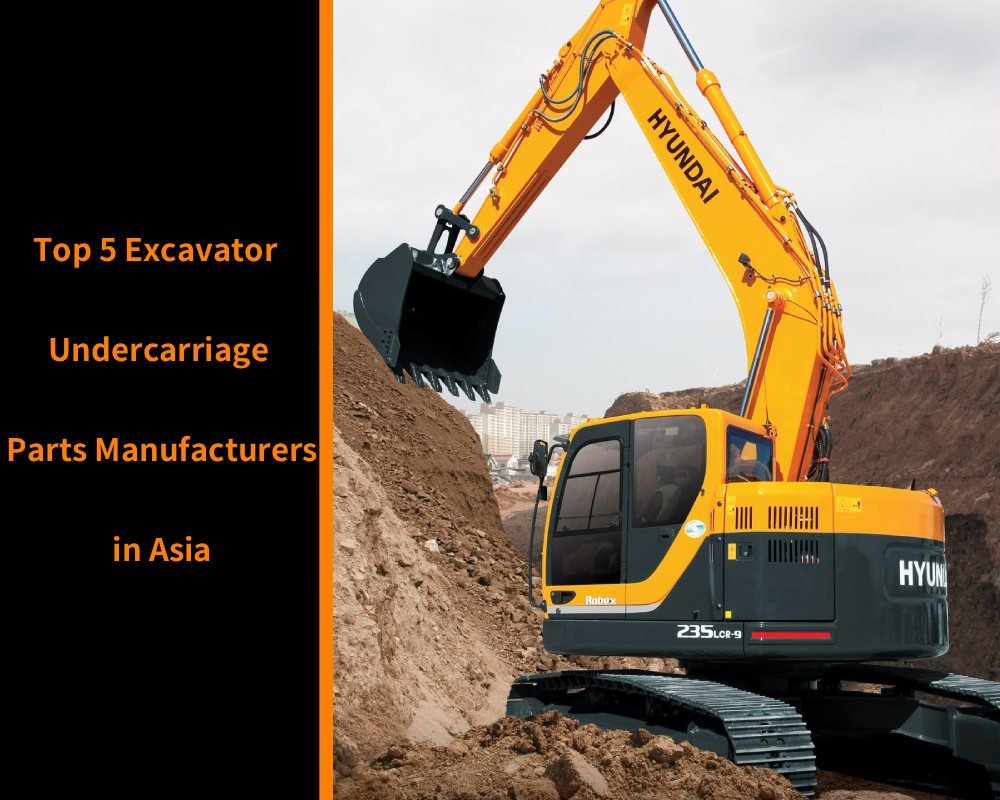Daftar isi
- Poin-poin penting
- Kursi pengemudi – platform inti kabin ekskavator
- Tuas kontrol dan joystick – “otak” untuk kontrol yang presisi
- Pedal – antarmuka utama untuk transmisi daya dan kontrol rem
- Panel tampilan kabin ekskavator dan sistem pemantauan – pusat komando manajemen informasi
- Perawatan dan pemeliharaan sistem kabin excavator
- Tanya Jawab Umum
Sebagai perwakilan penting dari mesin konstruksi, kabin ekskavator tidak hanya merupakan pusat operasi, tetapi juga membawa banyak makna keselamatan, efisiensi, dan kecerdasan.
Poin-poin penting
- Desain ergonomis tingkat lanjut: Tata letak keseluruhan kabin sepenuhnya mempertimbangkan prinsip-prinsip ergonomis, sehingga pengemudi dapat menjaga kenyamanan dan efisiensi selama operasi intensitas tinggi jangka panjang.
- Kecerdasan dan integrasi: Setiap komponen menyadari pemantauan waktu nyata dan peringatan kesalahan melalui teknologi penginderaan canggih dan sistem integrasi informasi, memberikan jaminan kuat untuk operasi yang aman.
- Perlindungan keselamatan berstandar tinggi: Dari desain kursi hingga sistem alarm kesalahan layar LCD, setiap detail telah diuji secara ketat untuk memastikan stabilitas dan keamanan peralatan di berbagai lingkungan.
- Konsep hemat energi dan perlindungan lingkungan: Mengoptimalkan tata letak kabin dan konfigurasi sistem tidak hanya meningkatkan efisiensi pengoperasian, tetapi juga mengurangi konsumsi energi dan membantu konstruksi hijau.
Kursi pengemudi – platform inti kabin ekskavator
Karakteristik kursi pengemudi
- Ergonomis: Desain kursi pengemudi dirancang dengan cermat berdasarkan prinsip-prinsip ergonomis, yang secara efektif dapat mengurangi kelelahan akibat penggunaan jangka panjang. Kursi ini memiliki balutan yang kuat dan topangan yang baik, memberikan topangan yang stabil bagi pengemudi.
- Standar keamanan yang tinggi: Dilengkapi dengan sabuk pengaman multi-titik, struktur keselamatan antibenturan, dan sistem kantung udara pintar, dapat dengan cepat melindungi keselamatan jiwa pengemudi dalam keadaan darurat.
- Penyesuaian multidimensi: Mendukung penyesuaian skala penuh kursi ke depan dan ke belakang, ke atas dan ke bawah, tinggi dan rendah, serta sudut kemiringan, sehingga pengemudi dengan bentuk tubuh dan kebiasaan pengoperasian yang berbeda dapat memperoleh bidang pandang terbaik dan pengalaman yang nyaman.
Fungsi kursi pengemudi
- Penyerapan guncangan dan kenyamanan: Spons elastis tinggi bawaan dan struktur penyangga berlapis-lapis secara efektif menyaring getaran jalan dan guncangan operasi, memberikan pengemudi pengalaman berkendara yang lebih nyaman.
- Tahan aus dan ramah lingkungan: Penggunaan material ramah lingkungan dengan kepadatan tinggi tidak hanya tahan lama dan mudah dibersihkan, tetapi juga memenuhi standar lingkungan internasional dan beradaptasi dengan lingkungan konstruksi ekstrem.
- Fungsi memori cerdas: Beberapa model kelas atas memiliki pengaturan memori, yang dapat secara otomatis merekam dan memulihkan mode penyesuaian kursi yang sering digunakan pengemudi untuk meningkatkan efisiensi pengoperasian.
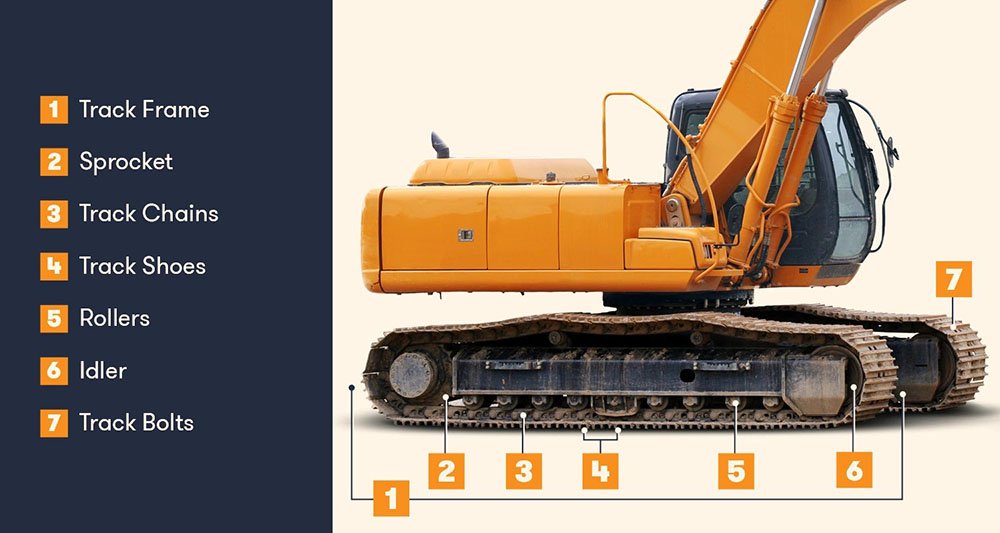
Tuas kontrol dan joystick – “otak” untuk kontrol yang presisi
Jenis tuas kontrol dan joystick
- Tuas kontrol hidrolik: menggunakan sistem hidrolik untuk mencapai transmisi sinyal yang tepat, cocok untuk kondisi kerja dengan persyaratan tinggi untuk kecepatan respons dan gaya operasi.
- Tuas kontrol listrik: menggunakan sensor elektronik dan sistem kontrol elektronik, yang memiliki respons lebih cepat dan dapat mencapai kontrol tepat terhadap gerakan halus.
- Joystick digital: mengintegrasikan teknologi sensor, mikroprosesor, dan mekanisme umpan balik cerdas untuk mencapai penyesuaian sepenuhnya otomatis dan diagnosis kesalahan mandiri, serta meningkatkan stabilitas dan keamanan sistem.
Fungsi tuas kontrol dan joystick
- Operasi yang disempurnakan: dengan mengoordinasikan tindakan setiap tuas kontrol, pengemudi dapat secara akurat mengendalikan lengan ekskavator, batang bucket, perangkat pemutar, dan komponen utama lainnya, sehingga mencapai penggalian dan penanganan yang presisi.
- Umpan balik data waktu nyata: Sensor internal mengirimkan setiap parameter tindakan ke panel tampilan secara real-time, memberikan pengemudi data operasi instan dan informasi status peralatan.
- Desain redundansi keselamatan: ketika sistem mendeteksi adanya kelainan, sistem dapat secara otomatis memicu tindakan keselamatan, seperti pembatasan operasi dan penghentian darurat, untuk memastikan keselamatan operasi secara keseluruhan.
Pedal – antarmuka utama untuk transmisi daya dan kontrol rem
Jenis pedal ekskavator
- Pedal akselerator: menyesuaikan daya keluaran mesin dan merupakan komponen utama untuk mengendalikan start dan akselerasi ekskavator.
- Pedal rem: dirancang dengan tekstur anti selip dan langkah yang wajar untuk memastikan pengereman yang andal dalam situasi darurat.
- Pedal pemindah: Beberapa model berperforma tinggi dilengkapi dengan pedal perpindahan gigi untuk mencapai transmisi daya dan penghematan bahan bakar terbaik dengan mengendalikan gigi dan mode kerja.
Fungsi pedal
- Kontrol daya yang tepat: Melalui penyesuaian pedal, hubungan yang mulus antara memulai, akselerasi, deselerasi, dan pengereman tercapai guna memastikan keluaran daya yang stabil selama pengoperasian peralatan.
- Keselamatan operasi: Desain pedal menggabungkan ergonomi dan sistem umpan balik gaya dapat mencegah kesalahan pengoperasian dan memberikan respons pengereman dan akselerasi yang stabil dalam kondisi ekstrem.
- Desain yang manusiawi: Sesuai dengan kebiasaan pengoperasian pengemudi, dengan umpan balik yang sensitif dan rasa nyaman, ia dapat mempertahankan pengoperasian yang efisien bahkan di lingkungan yang kompleks.
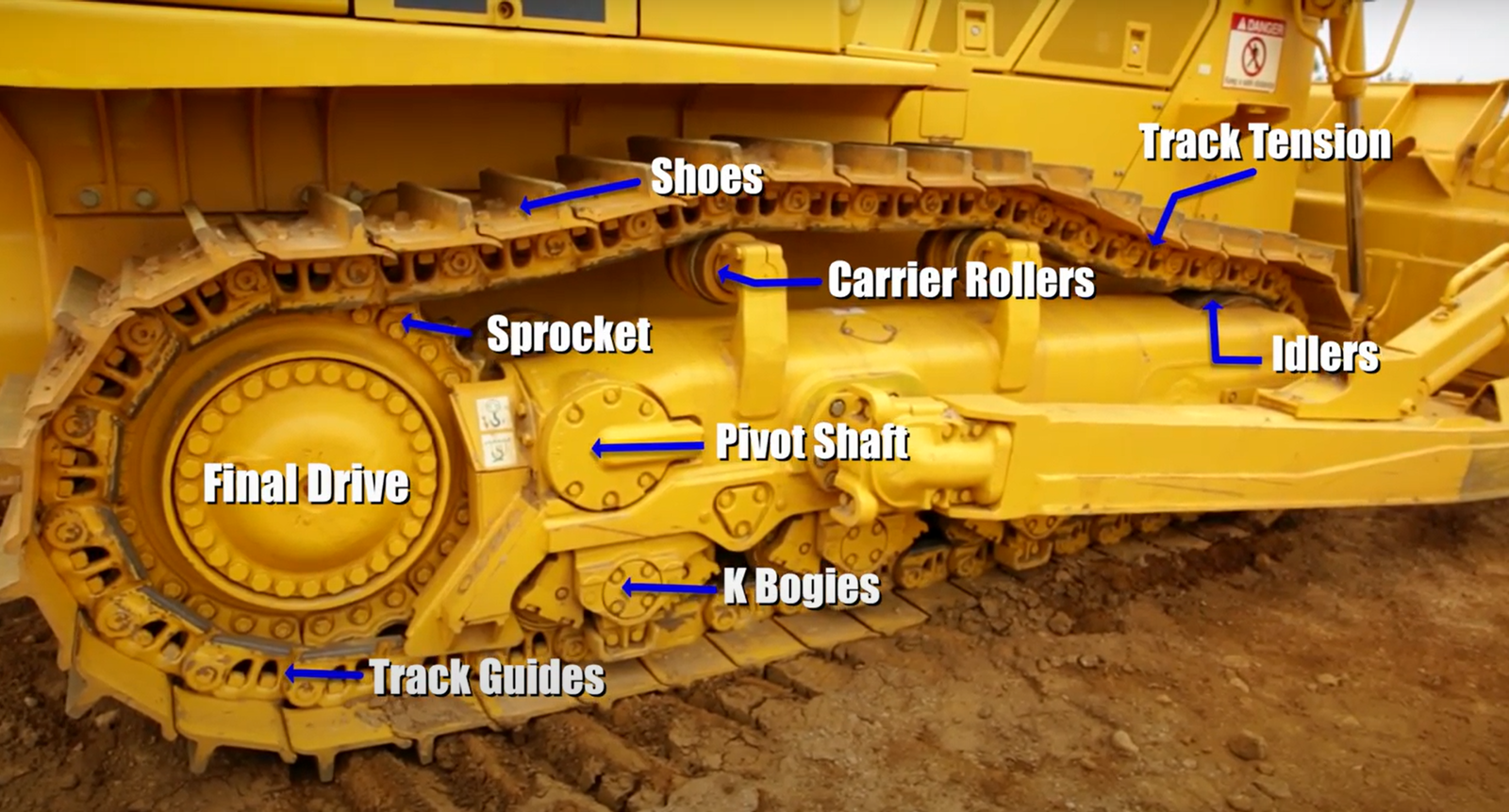
Panel tampilan kabin ekskavator dan sistem pemantauan – pusat komando manajemen informasi
Komponen panel tampilan
- Layar LCD definisi tinggi: Layar LCD berukuran besar dan beresolusi tinggi digunakan untuk menampilkan data penting seperti status mesin, tekanan hidrolik, suhu, level oli, dll. secara real-time.
- Panel instrumen terintegrasi: terintegrasi dengan berbagai data seperti kecepatan, bahan bakar, suhu, tekanan, dll., beberapa panel instrumen juga mendukung pengoperasian sentuh, yang memudahkan interaksi pengemudi.
- Sistem alarm dan diagnosis kesalahan: Dilengkapi dengan beberapa sensor pemantauan internal, saat data abnormal terdeteksi, sistem akan segera mengeluarkan peringatan melalui sinyal visual dan pendengaran untuk membantu pengemudi mengambil tindakan tepat waktu.
Fungsi panel tampilan
- Integrasi data dan pemantauan waktu nyata: semua parameter utama ditampilkan secara terpusat, dan pengemudi dapat dengan cepat memperoleh status pengoperasian peralatan saat ini untuk memastikan efisiensi pengoperasian.
- Peringatan kesalahan cerdas: sistem diagnosis cerdas terintegrasi, yang dapat menganalisis data peralatan secara otomatis, mengidentifikasi potensi masalah sebelumnya, dan mengurangi risiko waktu henti.
- Bantuan operasi dan navigasi: beberapa sistem kelas atas mempunyai navigasi waktu nyata, bantuan pengemudian, dan fungsi saran pengoperasian, yang menyediakan dukungan data dan dasar pengambilan keputusan untuk pengoperasian dalam kondisi kerja yang kompleks.
Perawatan dan pemeliharaan sistem kabin excavator
Rekomendasi perawatan harian
- Pembersihan rutin: Gunakan bahan pembersih profesional untuk membersihkan jok, pedal, layar tampilan, dan komponen kontrol guna mencegah penumpukan debu yang dapat memengaruhi kinerja peralatan.
- Deteksi dan debugging: Periksa tuas kontrol, joystick, dan panel tampilan secara berkala untuk memastikan semua antarmuka tersambung dengan kuat, dan perbarui perangkat lunak sistem tepat waktu.
- Manajemen catatan pemeliharaan: Disarankan untuk membuat berkas pemeliharaan terperinci untuk mencatat setiap pemeliharaan, penggantian komponen, dan pemecahan masalah guna menyediakan dasar untuk perbaikan selanjutnya.
Titik perawatan profesional
- Perawatan sistem hidrolik: Periksa secara teratur kualitas oli hidrolik dan antarmuka pipa untuk mencegah kebocoran dan kerusakan oli yang dapat memengaruhi akurasi sistem.
- Debugging sistem elektronik: Pembaruan perangkat lunak dan kalibrasi perangkat keras joystick digital dan sistem tampilan untuk memastikan transmisi informasi yang akurat dan waktu nyata.
- Penyesuaian ergonomis: Berdasarkan masukan pengemudi, sesuaikan pengaturan parameter komponen seperti kursi dan pedal secara tepat waktu untuk meningkatkan kenyamanan dan keselamatan pengoperasian secara keseluruhan.
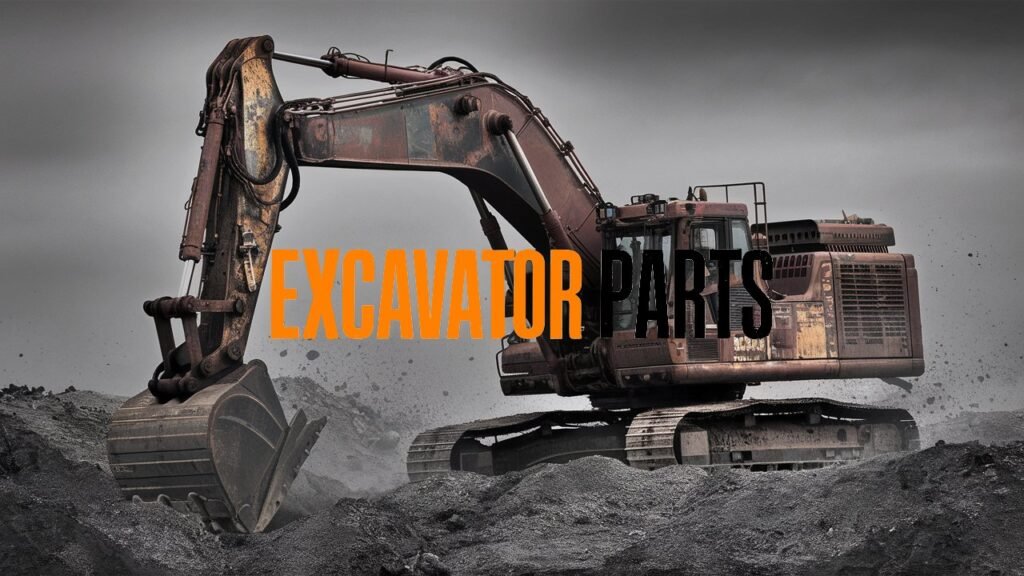
Tanya Jawab Umum
Apa bagian terpenting dari kabin ekskavator?
- Meskipun semua komponen kabin merupakan bagian integral dari keseluruhan sistem, kursi pengemudi dan panel layar sering dianggap sebagai inti. Kursi pengemudi tidak hanya memengaruhi kenyamanan dan kesehatan pengemudi, tetapi panel layar, sebagai pusat informasi, mengirimkan data status peralatan secara real-time, yang krusial untuk keselamatan operasional.
Bagaimana cara merawat panel tampilan ekskavator saya?
- Pembersihan rutin: Gunakan pembersih profesional untuk menghilangkan debu dan kotoran guna menghindari pengaruh pada efek tampilan layar.
- Periksa antarmuka kabel: Pastikan semua saluran tersambung dengan erat untuk menghindari ketidaknormalan data akibat kontak yang buruk.
- Peningkatan perangkat lunak: Perbarui perangkat lunak sistem secara tepat waktu untuk memastikan stabilitas dan akurasi sistem pemantauan. Kalibrasi sensor secara berkala juga merupakan langkah penting.
Mengapa sistem kontrol iklim penting untuk ekskavator?
- Sistem pengaturan suhu tidak hanya menciptakan lingkungan pengoperasian yang nyaman bagi pengemudi, tetapi juga mengatur suhu di dalam kabin, menjaga berbagai komponen peralatan dalam kondisi kerja terbaik, memperpanjang masa pakai, dan mencegah kegagalan komponen elektronik yang disebabkan oleh perbedaan suhu.
Apa perbedaan antara pedal dan joystick pada ekskavator?
- Pedal: Berfungsi utama untuk menyalurkan tenaga mesin, akselerasi, dan kontrol pengereman, serta merupakan pelaksana langsung gerakan dasar kendaraan.
- Joystick: Digunakan untuk mengontrol pergerakan komponen operasi secara tepat, seperti mengendalikan lengan ekskavator, batang pencelup, dan sistem putar, untuk memastikan keakuratan dan efisiensi selama proses operasi.
Di mana saya dapat menemukan suku cadang ekskavator berkualitas tinggi?
- Saat memilih suku cadang berkualitas tinggi, disarankan untuk mengutamakan merek terkenal dan produsen bersertifikat, seperti GFM produsen suku cadang ekskavatorSitus web resmi, pameran profesional, dan dealer resmi merupakan saluran terpercaya untuk mendapatkan suku cadang asli, yang dapat menjamin pengoperasian peralatan yang stabil dalam jangka panjang dan layanan purna jual yang sempurna.
| Dapatkan penawaran cepat dan gratis | Surel: henry@gfmparts.com | WhatsApp: +86 17705953659 |
Kabin ekskavator bukan hanya pusat pengoperasian peralatan, tetapi juga sistem kompleks yang mengintegrasikan ergonomi canggih, pemantauan cerdas, dan perlindungan keselamatan berstandar tinggi. Melalui analisis mendalam terhadap berbagai komponen seperti kursi pengemudi, tuas kontrol, pedal, panel layar, dll., kami dapat melihat bahwa setiap detail dirancang dengan cermat untuk meningkatkan efisiensi kerja dan memastikan keselamatan operasional. Baik dalam perawatan harian maupun peningkatan peralatan, memahami komposisi dan fungsi komponen-komponen inti ini dapat membantu Anda membuat keputusan yang lebih tepat dan memastikan peralatan tetap beroperasi secara efisien dalam kondisi kerja yang kompleks.
